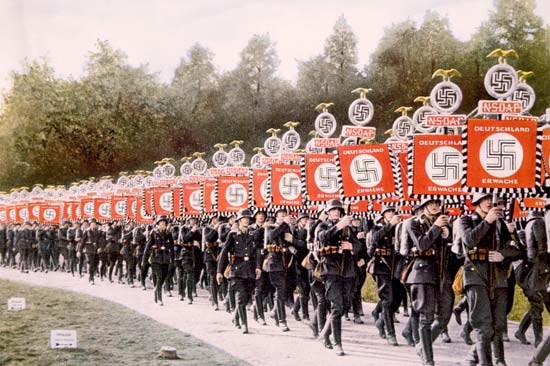Last summer I was in Ottawa with my kids visiting a good friend. One night, we took in the impressive sound and light show on Parliament Hill in honour of Canada 150. On the way back, we passed what looked like a bunker stuck in the side of a hill.
Well, in fact, it was a bunker stuck in the side of a hill — at least it was supposed to look like one. It was the Canadian War Museum, designed to give visitors a sense of what people (the lucky few) would be hiding in during an air raid or some brutal attack.
As we passed, my friend said the museum had an impressive special exhibit on Vimy Ridge. The next day of our trip was already planned, but for some reason my son was particularly keen on seeing the exhibit — so keen, in fact, he was willing to get up at a decent hour to make it happen. No small feat for a young man who loves to sleep in.
The Vimy Ridge exhibit was indeed moving, as was the rest of the museum, which is “designed to emphasize the human experience of war,” as the brochure says.
As we toured the World War II displays, we talked about the situations soldiers and civilians found themselves in. My friend told of her mother’s experience as a German girl who escaped to Denmark where she lived with her mother in a prisoner of war (POW) camp.
Meanwhile, she said, her dad, also German, had a relatively good life during the war, living on a farm with his large family. They not only had plenty of food, thanks to the free labour that came by way of French POWs, they also enjoyed other advantages — his father being a Nazi and all.
My son did a double take.
“Your grandfather was a Nazi?!”
I think he felt a bit like I did as a teenager when I came to the last page of All’s Quiet on the Western Front and realized the sympathetic character I had been rooting for was in fact “one of them” — a German soldier.
If there is one thing war engenders, it’s us-and-them thinking. It’s hard to wrap our minds around how people can do what they do to fellow human beings (think Holocaust, atrocities in Syria and now Burma), but the first step is to see some as “other.”
Tomorrow, Nov. 11, many of us will take a moment to remember the sacrifices made by our vets. In my silence, I will think of my uncle, who at 16 lied about his age so he could be one of the first to enlist. But that boy, who later became my jovial uncle who always called me “Hey, Doll!” is one of mine. The challenge is to also think of “them.”
Back at the museum, you can see photos of a blasted naval ship sinking into the Atlantic and hear the actual words of a soldier, one of the few who survived, describe that horrifying moment. It’s powerful and poignant. But it occurred to me that drowning at sea is as terrifying for refugees fleeing war today as it was for one of our soldiers of old.
Us-and-them thinking is what enables torture and destruction in the extreme, but not caring, or not caring enough, is somewhere on that continuum.
This is a time to honour our vets; we do that best by committing to peace and security — for all.



